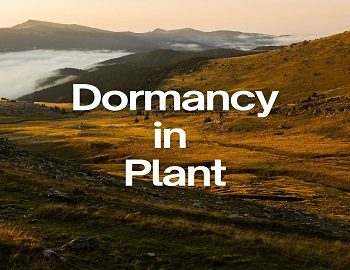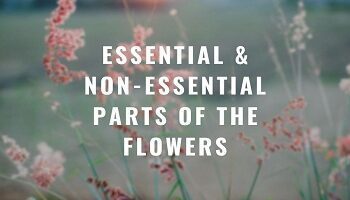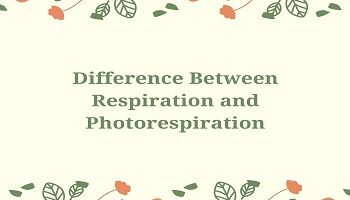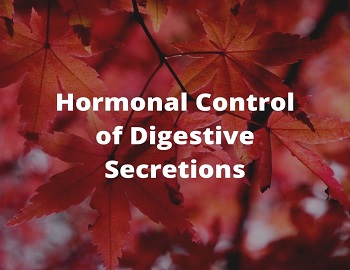Table of Contents
Dormancy in Plant:
Every plant passes through phases during which its development is temporarily arrested as observed in buds, seeds tubers etc. During this period, these parts of the plant are said to be dormant and this phenomenon of the arrest of growth and development is called dormancy. When the dormancy is due to the non-availability of a desired environmental factor, this is termed quiescence.
Causes of Seed Dormancy:
Seed Coat Induced Dormancy:
The integuments of the seed coat undergo thickening and give rise to the seed coat which protects the embryo. The hardness and impermeability of the seed coat is responsible for inducing seed dormancy.
- Resistant seed coat- In some plants, the seed coat is hard enough to allow the radicle to pierce through.
- Seed coat impermeable to water- The seed coat in many plants are impermeable to water. When they are buried in the soil, the action of fungi and bacteria also decreases their permeability.
- Seed coat impermeable to gases- The seed coat of plants like Xanthium is permeable to water but impermeable to oxygen.
Embryo Induced Dormancy:
It may be due to poor development of the embryos or due to their physiological dormancy.
- Rudimentary Embryos- In some plants, the seeds are shed at a stage when the embryo is immature. Hence, the germination of the seed is postponed till the embryo development is complete.
- Dormant Embryos- In some plants, the embryo is physiologically dormant when the seeds are shed. These seeds require a period of rest usually called as a period of ‘after ripening’. After having undergone this period, the seeds can be germinated.
Germination Inhibitors:
Some chemicals like parascorbic acid, ammonia and abscisic acid inhibit the plant growth in general and seed germination in particular. These natural germination inhibitors occur in the seed coat, endosperm, as well as in the fruit pulp.
Secondary Dormancy:
When physiologically mature seeds of certain plants are kept under unfavourable condition, they pass into a state of dormancy. This is called as induced or secondary dormancy. If the seeds of Xanthium are put in the clay, thus restricting oxygen uptake, they pass into secondary dormancy. Similarly, the seeds of Brassica alba are known to pass into secondary dormancy.
Methods for Breaking the Seed Dormancy:
- Scarification- Seeds with hard coats may remain impermeable to water and oxygen, thereby remaining dormant. The seed coat of such seeds is either broken mechanically (mechanical scarification) or by treating with strong acids such as H2SO4 (chemical scarification).
- Chilling- The dormancy of seeds can be broken by giving them a low-temperature treatment called chilling. In conifers, the seed dormancy can be broken by keeping them between 5-10°C for about two months, but in herbs, the seeds are to be kept at a temperature between 0-5°C for the above purpose.
- Pressure- The seed germination in some plants is improved when they were subjected to a hydraulic pressure of 2000 atm. at 18°C for 5-20 minutes.
- Alternative Temperature Treatment- By giving low and high temperature alternately, the dormancy of seeds can also be broken.
- Light- Those seeds whose germination is affected by light are said to be photoblastic. If their germination is inhibited, they are called as negatively photoblastic, but if they are induced to germination, they are called as positively photoblastic.
- Chemicals- There are several chemicals that promote seed germination such as KNO, gibberellins, cytokinins, ethylene etc.









Comments (No)